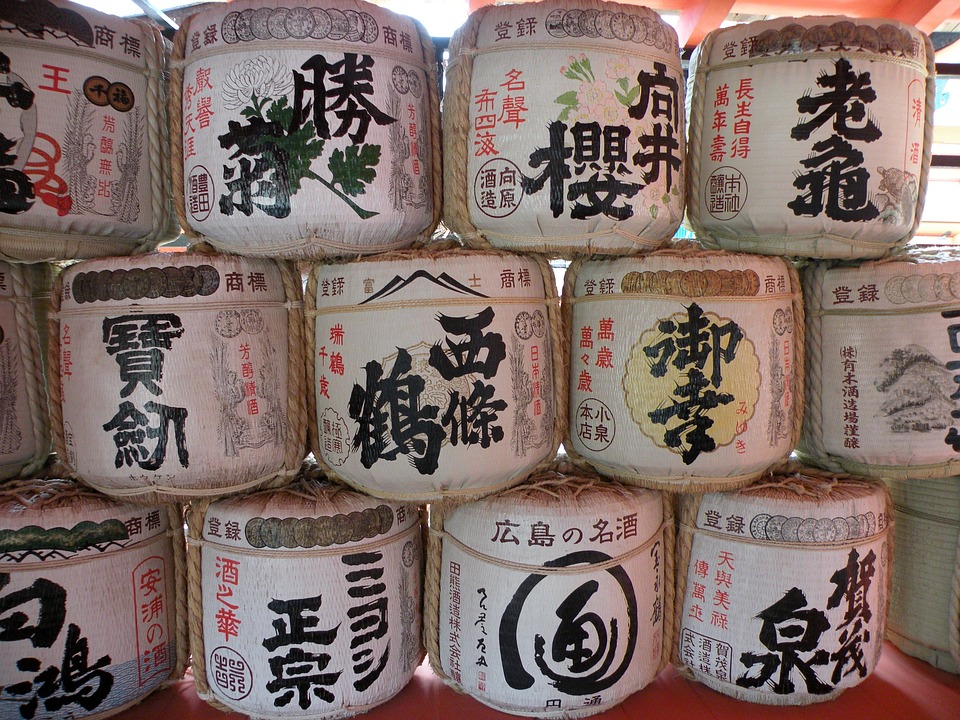[ad_1]
When it comes to Japanese culinary delights, sake often takes center stage. This traditional Japanese drink has a rich history and is deeply intertwined with Japanese culture and cuisine. Sake tasting is not just about drinking the beverage, but appreciating the craftsmanship, aroma, and flavor profiles of different types of sake. Whether you’re a sake enthusiast or a novice, this guide will help you navigate the world of sake tasting and gain a deeper appreciation for this revered beverage.
Understanding Sake
Sake, often referred to as rice wine, is a fermented alcoholic beverage made from polished rice. It has a higher alcohol content than wine and beer and is often served at various temperatures to bring out different flavor profiles. There are several different types of sake, each with its own unique characteristics and production methods. Understanding the basic types of sake is crucial to appreciating the nuances of sake tasting.
Types of Sake
- Junmai: Known for its full-bodied and rich flavor, Junmai sake is made from rice, water, yeast, and koji without any added alcohol.
- Ginjo: This premium sake is made from rice that has been polished to at least 60% and is known for its fruity and floral aroma.
- Daiginjo: Considered the highest grade of sake, Daiginjo is made from rice that has been polished to at least 50%, resulting in a delicate and complex flavor profile.
- Nigori: Nigori sake is unfiltered, resulting in a cloudy appearance and a sweet, creamy texture.
The Sake Tasting Experience
When partaking in a sake tasting, it’s important to approach the experience with an open mind and a keen sense of curiosity. Take the time to appreciate the craftsmanship that goes into producing each bottle of sake and savor the unique characteristics of each variety.
How to Taste Sake
Similar to wine tasting, sake tasting involves engaging multiple senses to fully appreciate the drink. Follow these steps to experience sake tasting at its best:
- Observe the appearance: Pour a small amount of sake into a clear glass and observe its color and clarity.
- Smell the aroma: Gently swirl the sake in the glass and take in its aroma. Note any floral, fruity, or earthy notes that you can detect.
- Taste the sake: Take a small sip and let it linger on your palate. Pay attention to its texture, flavor, and aftertaste.
- Consider the finish: Reflect on the overall experience of the sake, including its lingering aftertaste and the sensations it evokes.
Pairing Sake with Food
Sake is a versatile beverage that complements a wide range of Japanese and international cuisines. When hosting a sake tasting, consider pairing different types of sake with various dishes to fully appreciate the synergy between food and drink. Sake can enhance the flavors of seafood, sushi, grilled meats, and even decadent desserts, making it an ideal choice for diverse dining experiences.
Conclusion
Embarking on a sake tasting journey is a rewarding experience that allows you to delve into the rich traditions and flavors of Japanese culture. By understanding the different types of sake, approaching the tasting experience with an open mind, and appreciating the art of sake production, you can gain a deeper appreciation for this revered beverage. Whether enjoyed on its own or paired with a delicious meal, sake has the ability to captivate the senses and create memorable experiences for enthusiasts and newcomers alike.
FAQs
Q: What is the best temperature to serve sake?
A: Depending on the type of sake, it can be served chilled, at room temperature, or warmed. Junmai sake is often enjoyed warm, while delicate Daiginjo sake is best served chilled to preserve its complex flavors.
Q: Can sake be aged like wine?
A: Sake is meant to be consumed relatively soon after production, as it does not improve with age like wine. However, some premium sakes may benefit from a few years of aging under the right conditions.
Q: Are there any specific etiquette rules for sake tasting?
A: While there are no strict rules, it’s important to handle the sake glass with care and show respect for the craftsmanship that went into producing the beverage. When tasting sake in a group setting, it’s customary to pour for others before serving yourself.
[ad_2]




Comments